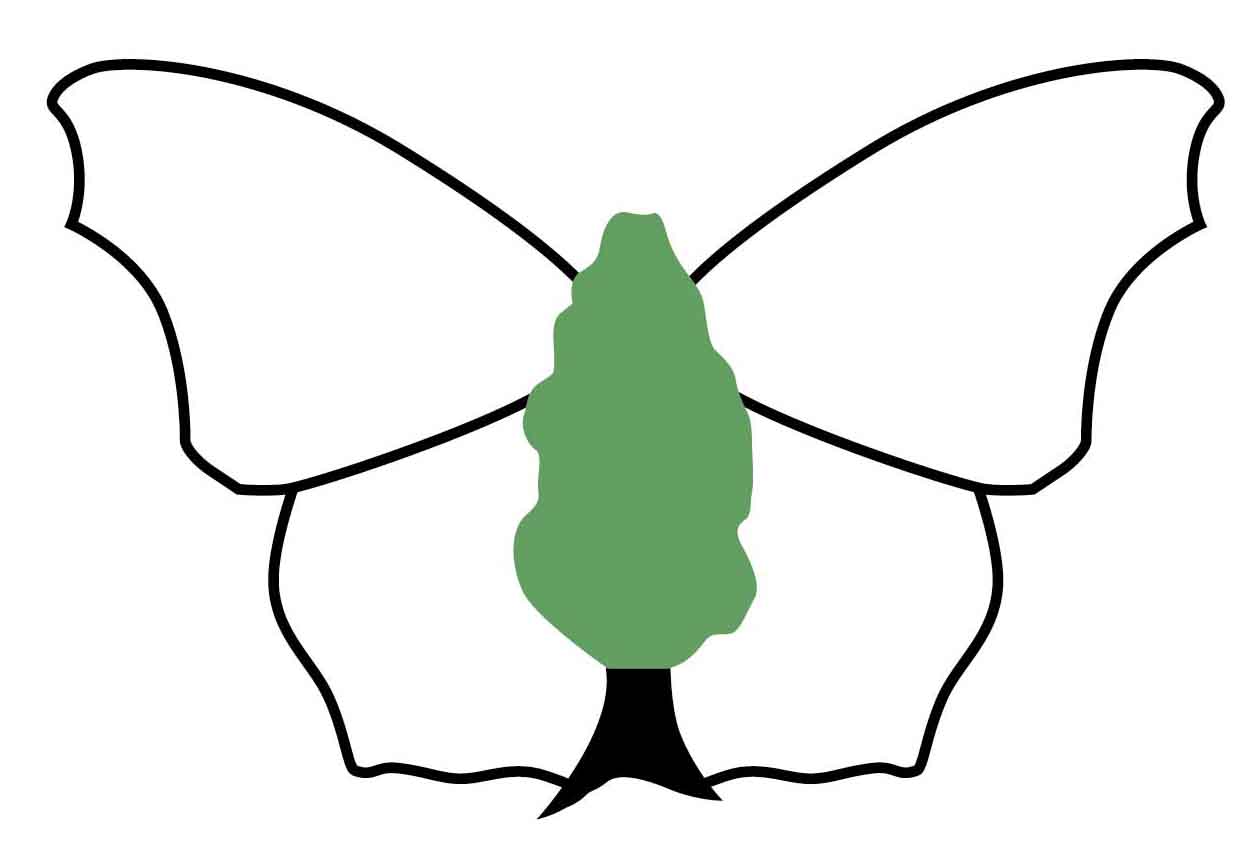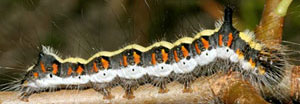 | Butterfly Conservation Saving butterflies, moths and our environment | Upper Thames Branch |  |
Gardening for Butterflies and Moths | |||||||
| Many of us try to attract butterflies by planting nectar sources, like buddleia, in our gardens. Planting flowers raises an
expectation which often leads to the question, "Why don't I see many butterflies?".
There are several reasons, but the most important is that nectar sources simply retain butterflies which would otherwise fly
straight through your garden. Nectar sources alone do not increase the numbers of butterflies. Unlike bees that really benefit from extra nectar sources (as all the stages of their life cycle feed on nectar), butterflies only feed on nectar in the adult stage. Every adult butterfly has spent weeks as a caterpillar, eating leaves. Unless the plants that caterpillars need are growing in or near your garden, you will not see the adults. Some planting suggestions for various areas of the garden are listed below; click the appropriate boxed link to view them. More information about gardening for butterflies and moths can be found on the Butterfly Conservation web site. Finally, don't forget to submit your garden records, either during or at the end of the season. |  Peacock on blackthorn flowers, which provide an excellent nectar supply early in the year. Blackthorn is the foodplant of several species of garden moth such as the Grey Dagger (below).  | ||||||
| Long Grass Areas Short Grass Areas Borders and Containers Hedges and woodland edges Large Trees | |||||||
Plants for long grass areas | |||||||
| Almost every garden has a patch of grass that could feed the larvae of nine butterfly and up to 40 moth species. | |||||||
| The most useful thing is to leave a strip of grass uncut until October. This works best if the strip is wider than 75cm/2.5 ft, in the sun and alongside a hedge or fence (to act as a wind break). There are various plants to grow in both the longer uncut grass and the shorter mown parts of the lawn. A really helpful plant to put in the long grass strip is Yellow Rattle (Rhinanthus minor). Although no butterfly caterpillars eat its leaves (Grass Rivulet moth caterpillars do), Bumblebees love the flowers and, more crucially, it parasitises the grass around it, making the turf less dense, which assists other plants to thrive. Yellow Rattle will not grow out into a lawn, as mowing destroys it. Several of the other plants suggested are invasive and removing their flower heads before the seeds are cast will help control their spread around the garden. | |||||||
| |||||||
Copyright © Butterfly Conservation Upper Thames Branch 2025
Privacy and Copyright Statement
Butterfly Conservation : Company limited by guarantee, registered in England (2206468)
Registered Office: Manor Yard, East Lulworth, Wareham, Dorset, BH20 5QP, Tel: 01929 400 209
Charity registered in England & Wales (254937) and in Scotland (SCO39268)
Privacy and Copyright Statement
Butterfly Conservation : Company limited by guarantee, registered in England (2206468)
Registered Office: Manor Yard, East Lulworth, Wareham, Dorset, BH20 5QP, Tel: 01929 400 209
Charity registered in England & Wales (254937) and in Scotland (SCO39268)
